Travel trailers are a fantastic way to explore the great outdoors while enjoying the comforts of home. Whether you’re camping in a national park or just traveling to your favorite getaway, maintaining a clean and accessible fresh water supply is crucial. Accessing the fresh water tank may seem straightforward, but understanding the process can enhance your travel experience, mitigate unexpected challenges, and ensure that you maximize the utility of your trailer. Below, we provide an in-depth examination of how to access the fresh water tank on your travel trailer.
Understanding Fresh Water Tanks in Travel Trailers
What is a Fresh Water Tank?
The fresh water tank is a reservoir designed to hold potable water for various uses within your travel trailer. This includes drinking, cooking, showering, and toilet flushing. The capacity of these tanks typically ranges from 20 to 100 gallons, depending on the size and type of the trailer. These tanks are usually made from durable plastics, like polyethylene, which prevent contamination and are resistant to corrosion.
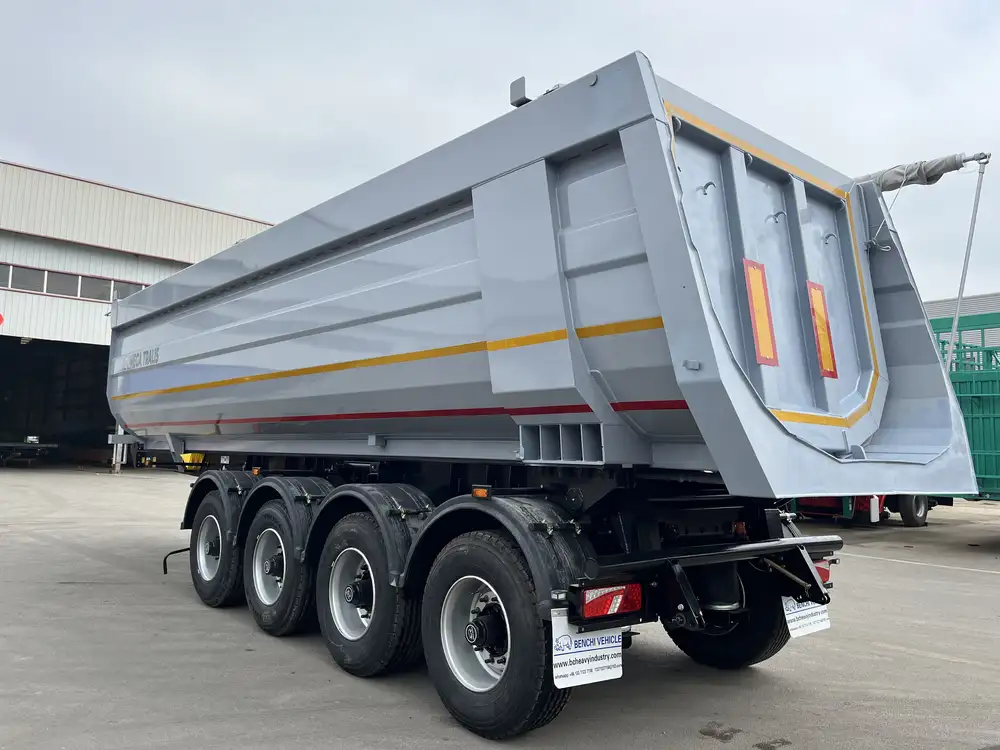
Common Types of Fresh Water Tanks
| Type | Description |
|---|---|
| Gravity-Fed Tanks | Utilize gravity to distribute water. Generally found in older models or simpler setups. |
| Pressurized Systems | Use pumps to supply water through a system of pipes and fixtures. More common in modern RVs. |
| Combination Systems | Combine both gravity and pressurization methods. Provides flexibility and efficiency. |
Key Components of the Fresh Water System
To fully understand how to access the fresh water tank, it’s crucial to familiarize yourself with the system’s primary components:
- Water Pump: Circulates water from the tank throughout the trailer.
- Faucets and Fixtures: Points of access for water use.
- Water Filter: Ensures the purity of the water by reducing contaminants.
- Fresh Water Fill Valve: The opening where you add water to the tank; sometimes equipped with a backflow prevention system.
Locating the Fresh Water Tank Access Point
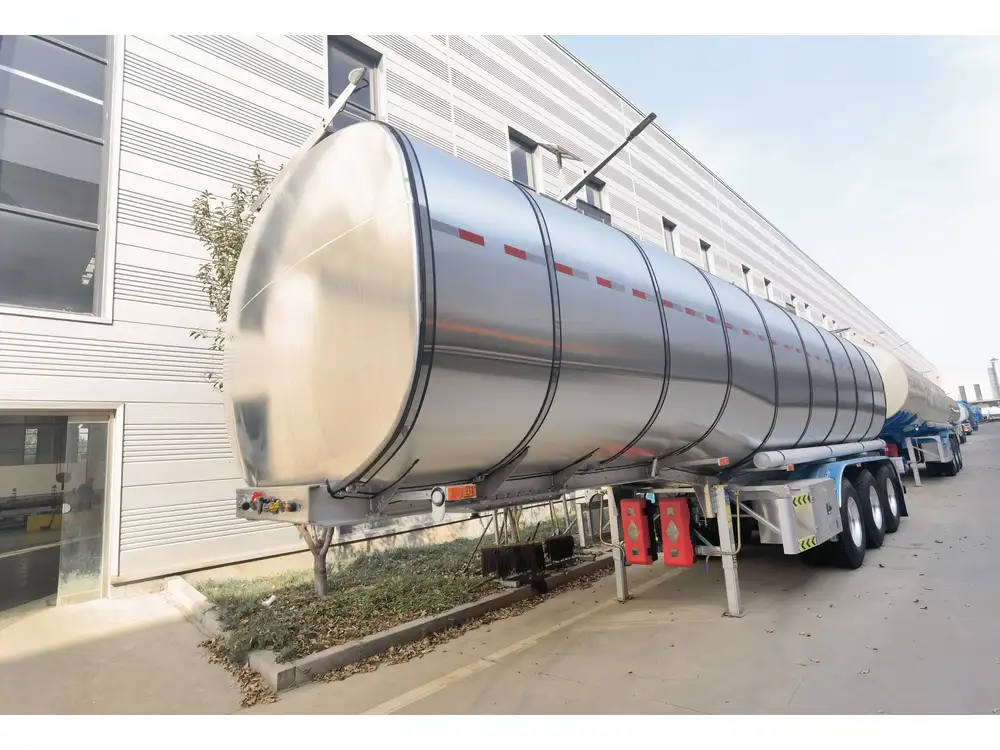
Identifying the Right Location
Accessing your travel trailer’s fresh water tank typically requires finding the designated access point. This can vary by manufacturer, so it’s essential to refer to the owner’s manual for specific instructions for your model. However, a few common locations include:
- Exterior Access Panel: Often located on the side of the trailer, these panels may be secured with screws or latches.
- Interior Access: Some models allow access from inside, often behind cabinetry or under sinks.
Visual Guide to Common Access Locations
| Access Method | Description | Accessibility |
|---|---|---|
| 1. Exterior Panel | Located on the side. Requires removal of screws. | Easy access; should be part of the routine checks. |
| 2. Under-Sink Access | Found beneath kitchen or bathroom sinks. | Requires some disassembly of cabinetry. |
| 3. Access Door | A dedicated access door on the trailer floor. | Slightly more complicated; check for hidden fasteners. |
Tips for Locating the Access Point
- Consult the Manual: Always refer to your owner’s manual for specific guidance tailored to your travel trailer model.
- Check Online Forums: Communities of avid RVers can provide insights and detailed guides specific to various brands and models.
- Use Visual Markers: Most access points have visual indicators like labels or diagrams.

Step-by-Step Guide to Accessing Your Fresh Water Tank
Step 1: Prepare Your Tools
Before beginning, it’s essential to gather the necessary tools:
- Screwdriver (Phillips or Flathead): Depending on the type of screws securing the access panel.
- Utility Knife: In case any sealants or gaskets require cutting.
- Flashlight: To illuminate dark areas inside your travel trailer.
- Bucket or Towels: To catch any residual water when accessing the tank.
Step 2: Open the Access Point

Exterior Access
- Locate the Panel: Find the exterior access panel on the side of your travel trailer.
- Remove Screws: Use the screwdriver to take out the screws securing the panel. Place them in a safe location for later use.
- Open the Panel: Gently pull away the panel. Be prepared for water condensation or residual water inside.
Interior Access
- Identify the Area: Check beneath the sink or in a designated delivery compartment.
- Remove Cabinetry: Carefully detach any screws or fasteners holding the cabinet in place.
- Clean the Area: Clear out any obstructions to ensure easy access to the tank.
Step 3: Inspect the Fresh Water Tank
Once the access point is open, inspect the tank for signs of wear, leaks, or other issues. Common issues include:
- Cracks or Leaks: Look for any visible damage.
- Discoloration: Indicates possible algae growth or sediment build-up.
- Odors: Any foul smells should be addressed immediately; they may indicate contamination.

Step 4: Accessing the Water Supply
After inspecting the tank, you can directly tap into the water supply using the following methods:
- Using a Hose: Attach a clean hose from an external water source to the fresh water fill valve, ensuring it’s food-grade to prevent contamination.
- Utilizing a Pump: If your trailer is equipped with a pressurized system, you may want to run the system while monitoring the water flow.
Step 5: Refilling the Tank
To refill the tank:
- Open the Valve: Allow water to flow until the tank reaches capacity.
- Monitor Levels: Many models have a gauge indicating water levels. Otherwise, listen for changes in the noise of the pump.
- Cap the Valve: Once filled, ensure that the fill valve is securely capped to protect the water from contaminants.
Step 6: Close the Access Point
After completing your tasks, ensure all components are reassembled:
- Replace Panels: Secure the access panel using screws and ensure there are no gaps that might let contaminants in.
- Reattach Cabinetry: Ensure everything is back in place, securing with screws or latches.
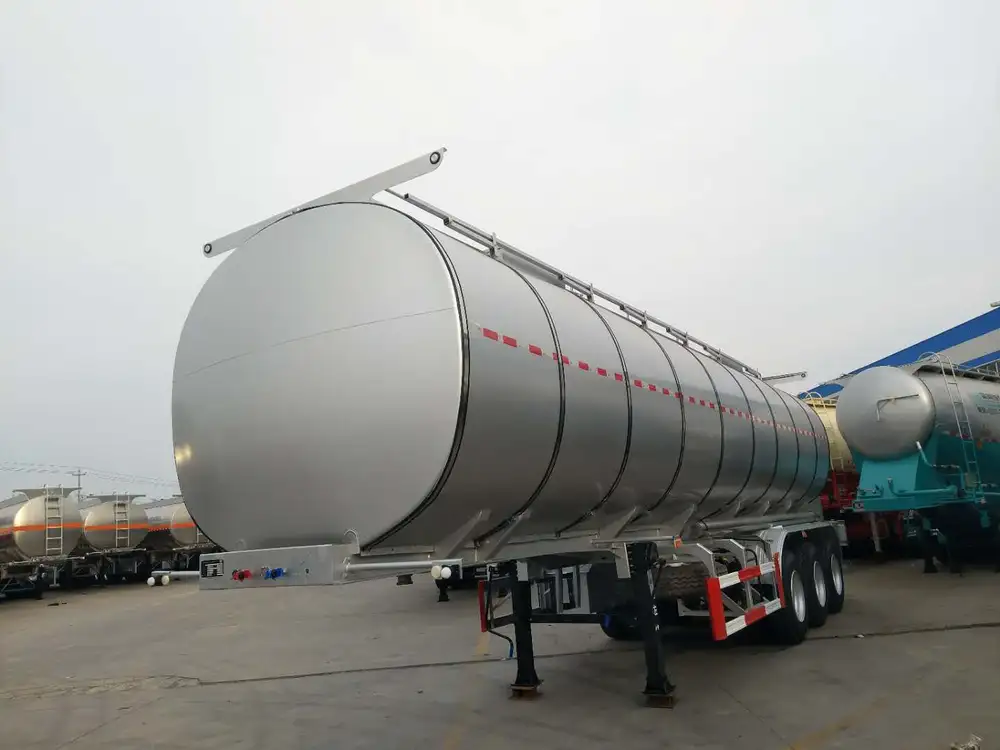
Maintenance Tips for Your Fresh Water Tank
Regular Checks
- Inspect Monthly: Periodically inspect for cracks or leaks in the tank.
- Replace Filters: Regularly change any filters to maintain water quality.
Cleaning Your Tank
- Seasonal Flushing: At the start and end of the camping season, flush the tank with a vinegar solution to neutralize odors.
- Disinfecting: Use a diluted bleach solution for disinfecting the tank, following up with thorough rinsing.
| Maintenance Task | Frequency | Purpose |
|---|---|---|
| Inspect Tank | Monthly | Detect leaks or cracks |
| Replace Filters | Every 3-6 months | Ensure water purity |
| Thorough Cleaning | Annually | Prevent algae growth and lingering odors |
| Disinfecting | Twice a year (beginning and end of season) | Maintain tank hygiene |
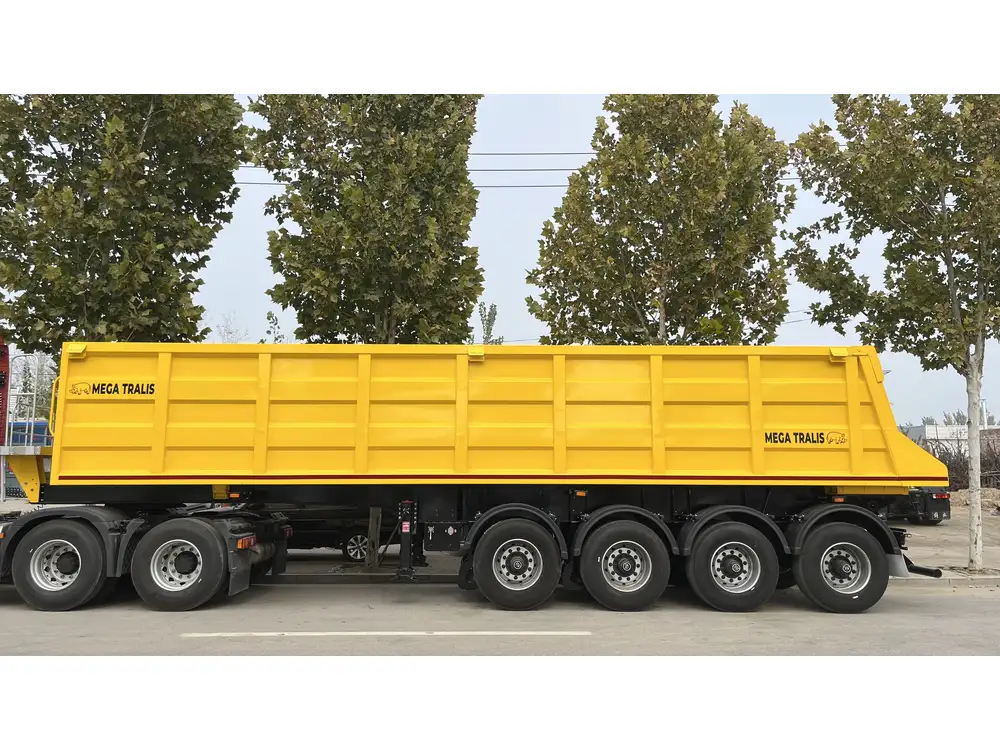
Troubleshooting Common Issues
Despite careful attention, issues may occasionally arise. Here are some common problems and solutions:
Problem: Low Water Pressure
- Check for Blockages: Examine your hoses, filters, and fittings for clogs.
- Inspect the Pump: Ensure the pump is operational; a failure may necessitate professional service.
Problem: Strange Odors or Tastes
- Clean the Tank: A thorough cleaning with a recommended solution may be necessary.
- Replace Filters: Old filters can affect taste and odor.
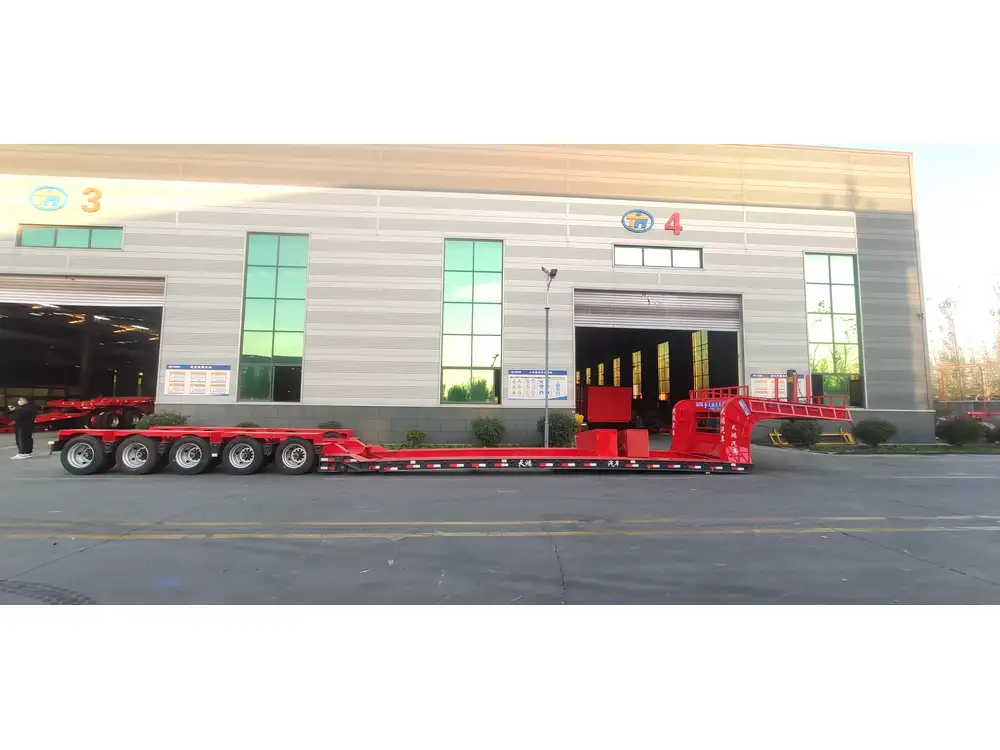
Problem: Water Leaks
- Check Connections: Ensure all hose connections are tight and secure.
- Inspect Tank Integrity: Cracks may require tank repair or replacement.
Conclusion
Knowing how to access and maintain the fresh water tank on your travel trailer is essential for a hassle-free experience on the road. By following the structured process outlined above, you ensure a constant supply of clean water, allowing you to focus on enjoying your travels to the fullest. Regular maintenance not only prolongs the life of your fresh water system but also enhances your comfort while adventuring outdoors. So, grab your tools and make sure your travel trailer is well-equipped for your next journey!



